Berliet T100: Hurricane in French
155 tons of French engineering
On October 2, 1957, at the Paris Motor Show, they presented the real giant Berliet T100, which for many years became the largest car in the world. The French skillfully took advantage of the non-standard dimensions and appearance of the car and did their best to promote the advertising campaign around the big guy.
Three-axle bonnet truck managed to visit, in addition to the Paris exhibition, the Geneva Motor Show, at shows in Helsinki, Grenoble, Avignon and even Casablanca. In many ways, this made the car the most famous among the whole range of Berliet.
It is noteworthy that such a massive vehicle had nothing to do either with military developments or with special equipment for extreme travel. Still, the French military couldn’t use a machine nearly five meters wide in a cramped European country. And four-wheel drive was not always needed. For example, look at the 8 Berliet TF (4x1968) tractor unit as part of the VTE road train, designed to transport missiles to underground launch mines. A typical highway truck designed exclusively for flat roads of the European continent. Therefore, the sand-colored Berliet T100 was not intended for the armies of NATO countries, but carried out the transport tasks of Shell oil fields on the African continent.
A little about the overall parameters and potential capabilities of this French man. The width in the sources is indicated different, so we will dwell on the range of 4800-4960 mm. The height also varies from 3980 to 5400 mm, but this is due to differences in the design of the four versions of the machine. More precisely, not even four executions, but four released copies. At the time of publication, the Berliet T100 was not only the largest truck in the world, but also perhaps the rarest - the company limited itself to only four assembled vehicles. Was it originally planned or the car failed at the box office, it is still reliably unknown. The company itself at one time merged with Renault. A modest reminder of the once legendary brand is only the repository of the Berliet Foundation in Le Montellier. It is there that the only truck left in France is now stored under serial number 2 - it was demonstrated last year in Paris on Retromobile.
In order for such a machine to be able to move, and even carry fifty tons of cargo (according to other sources, no more than 40 tons) of cargo, it needs a serious power unit. The French did not have a suitable engine in the 50s, they had to buy an American Cummins V12 diesel engine with a working volume of 28 liters, with two turbochargers and an initial capacity of 600 liters. with. The first giant even bore the name - Berliet T100-600. By the way, there was another motor, but it had nothing to do with the transmission, but it serviced the brake system, power steering and was responsible for recharging the batteries. The role of the auxiliary power unit was played by the native French Panhard Dyna with a working volume of 850 cm3.
All these engines were powered from two 950-liter tanks, and the control fuel consumption was quite comparable with tank - 90 liters per 100 km. The main habitat of the Berliet T100 was still sandy expanses, where when loaded, the diesel consumed more than 240 liters per 100 km. By the way, to this expense you can safely add a few tens of liters of Berliet Gazelle diesel fuel, which was to relentlessly follow its monstrous master. This "squire" was carrying a spare tire, a huge jack and other tools.
The French, apparently, did not particularly think about the economic efficiency of their own creation - nevertheless, the oil company acted as the customer. Perhaps the most economically efficient was the third built specimen with a tipper body. The front-wheel drive was taken from the car, instead of an automatic reverse (four gears forward and the same backward) Clark transmissions put the mechanics and brought the total weight to 155 tons with a load capacity of 80 tons. Such a Berliet T100, more like a mining dump truck, had the status of a prototype and did not survive to this day - in 1978 it was recycled for scrap. He never had time to visit Africa, he only worked a little on road construction in his homeland and served for some time as an outlandish attraction.
"The greatest car in the world"
After numerous promotions and shows to the general public, as well as potential buyers, the first two cars released in the fall of 1958 went for testing in French Saint-Priest. Engineers, among other things, experimented with dual wheels on the rear axles, but the patency indicators were unsatisfactory. In addition, they did not decide where to put another giant spare tire (2,2 meters high), which was inevitable in the case of the new configuration. One "page" in the form of Berliet Gazelle would obviously not be enough. It is worth mentioning separately that the French were unable to realize in their, as they called it, “the greatest car in the world,” a centralized swap system. It is quite possible that this would save engineers from the need to install such large wheels with a specific pressure on the ground of not more than a kilogram per square centimeter. Recall that at about the same time in the USSR mass production of the much more massive ZIL-157, equipped with tire inflation in the basic version, went into mass production. The wheels at the Berliet T100 were really impressive. Each such tonne product was originally manufactured by Goodyear, and later Michelin developed the unique Special Sable of low pressure and about a meter wide.
After testing in Saint-Priest, the understanding came that the truck lacked a 600-horsepower diesel engine. At the head plant in Monplaisir, the engine was modernized, with the help of a change in the gas distribution mechanism, the power was immediately increased to 700 liters. with. Now the colossus could accelerate to 34 km / h, which was very dangerous for others. The fact is that the driver, because of the giant hood, practically did not see anything for several meters in front of the radiator grill. The hefty pins with lanterns in the wings helped to somehow feel the dimensions, but the mechanical siren with a heartbreaking voice became the main means of saving unlucky pedestrians and small ungulates. And of course, the most powerful head lighting created such a bright luminous flux that the Berliet T100 at night was probably visible from the satellite. By the way, the satellite shows the second surviving giant, number 1, installed as a monument in Algerian Hassi Messaoud, almost in the middle of the desert under the open sky.
The dry African climate turned out to be an excellent preservative for the French giant, and the car invariably attracts a few tourists with its dimensions. This instance came to Algeria at the very end of the 50s and until 1962, together with machine number 2, worked at drilling rigs of French oil companies. An onboard truck could take on a 20-ton pump along with a 35-ton winch and successfully stormed the sand dunes with a 26% rise. I must say that the sands were truly quick-moving: where the loaded Berliet passed, a man went knee-deep in the sand. But in 1962, Algeria declared independence, and two cars became the property of the new owner of Sonatrach. The French could not get Africa out of the first truck released and with great difficulty they took out the second copy in malfunctioning only in the early 70's. It was he who scared the French smoky exhaust at a retrotechnics exhibition last year.
When it became clear that there was nothing more to do on the African market, Berliet engineers offered the giant a new bonnetless layout. The car got its own name Tulsa and clearly aimed at the overseas market. Berliet Tulsa was to become a huge tractor and plow its boundless expanses of the USA with its 100-ton carcass. The road would obviously not have survived such a car, so the French suggested that the Tulsa road train would only have to indicate a point on the map and the car would get to it along the shortest path. For example, across the prairie of North America. Naturally, such a craving for gigantism overseas was not appreciated, and the French disposed of the truck for scrap.
Most interestingly, the Berliet T100 concept was flawed from the very beginning. A simple scaling (or hypertrophy) of the classic truck concept might have been successful on the African continent, but not in the developed Western world. While the Soviet Union developed the most technically sophisticated missile and tank carriers of the MAZ brand (the notorious Hurricane among them), France frankly stomped on the spot. Actually, this was one of the reasons why very few people know about Berliet now. Nobody needs the “Greatest Car in the World” ...
Museum walk T100
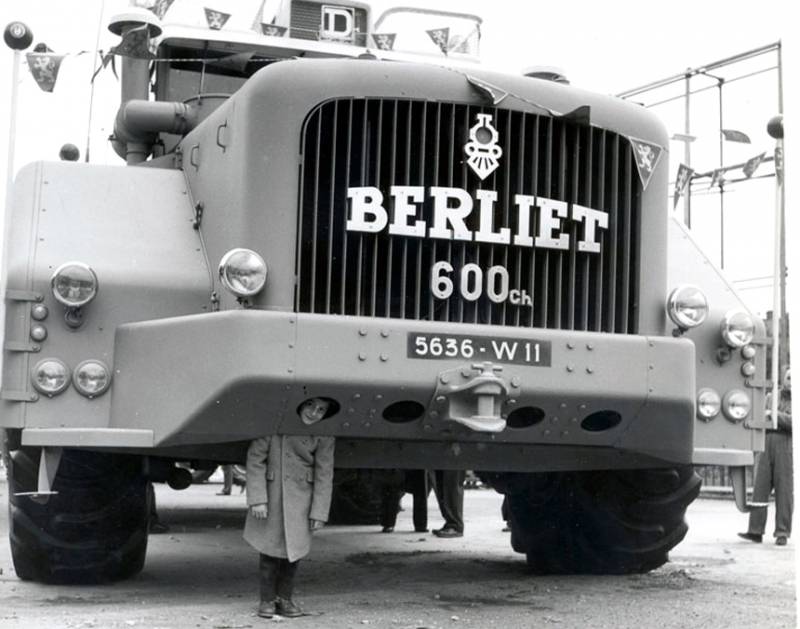
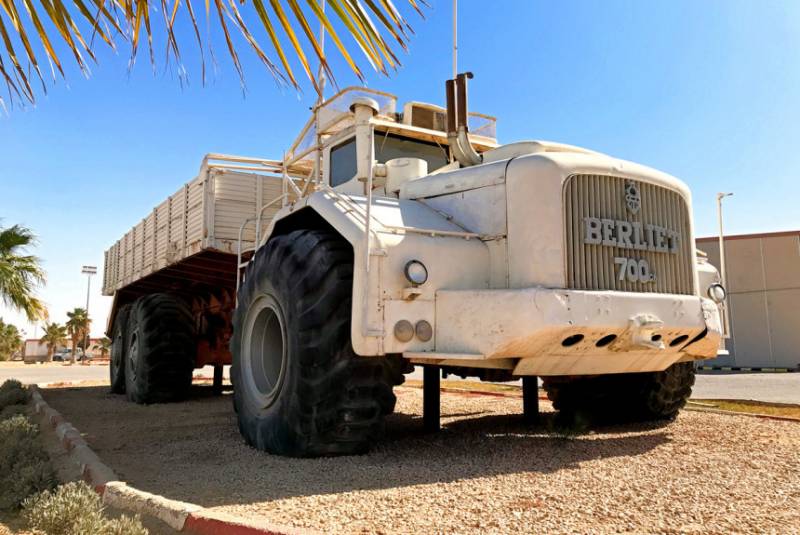
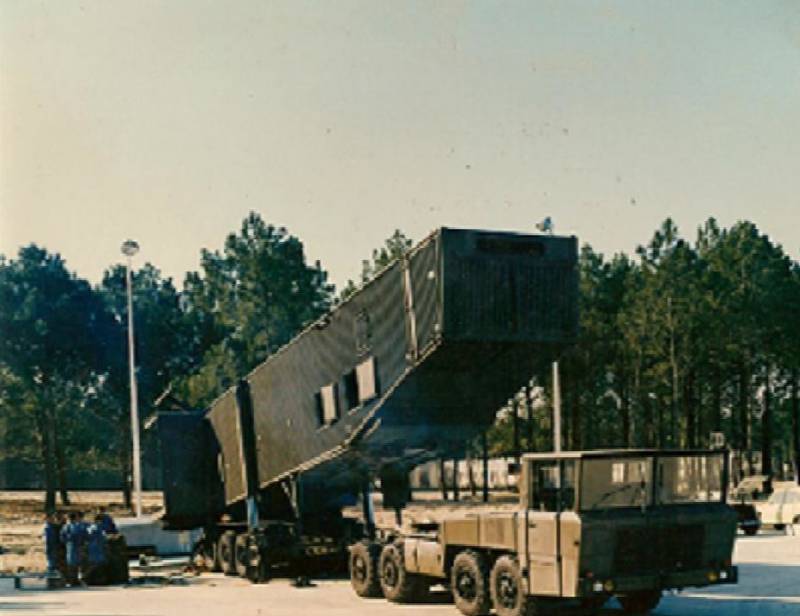
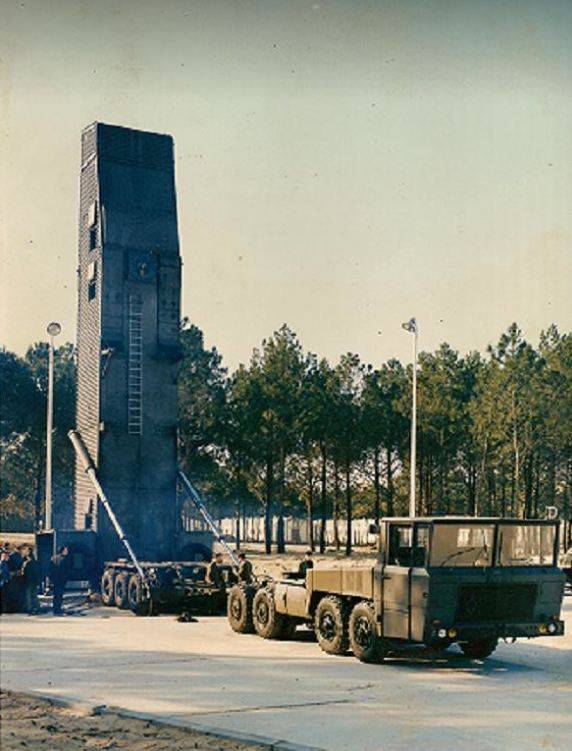
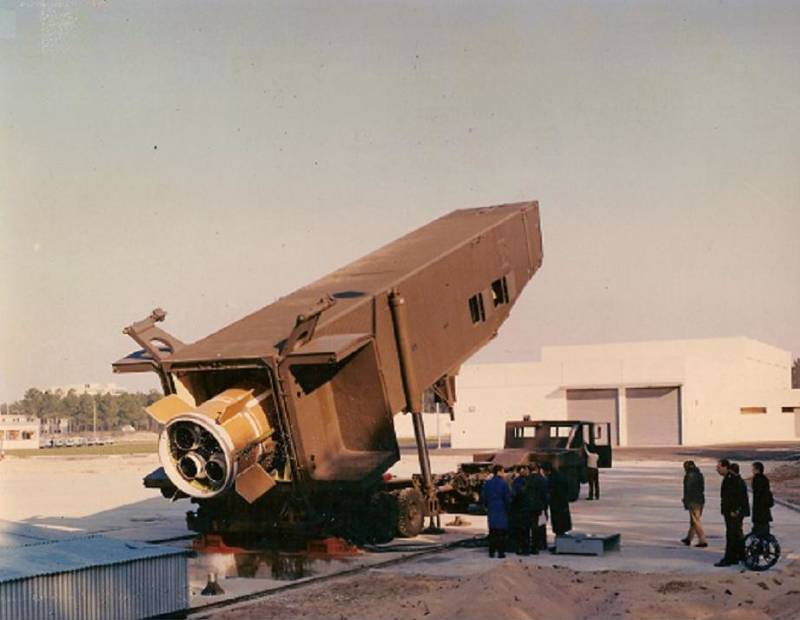
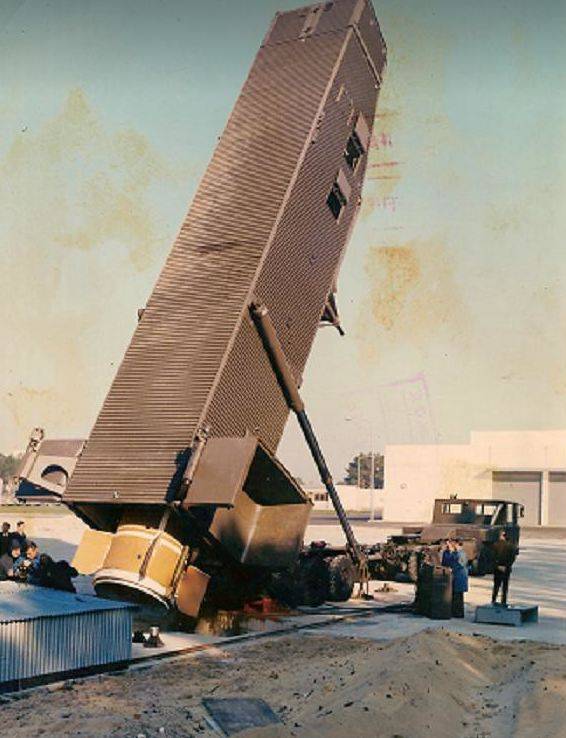
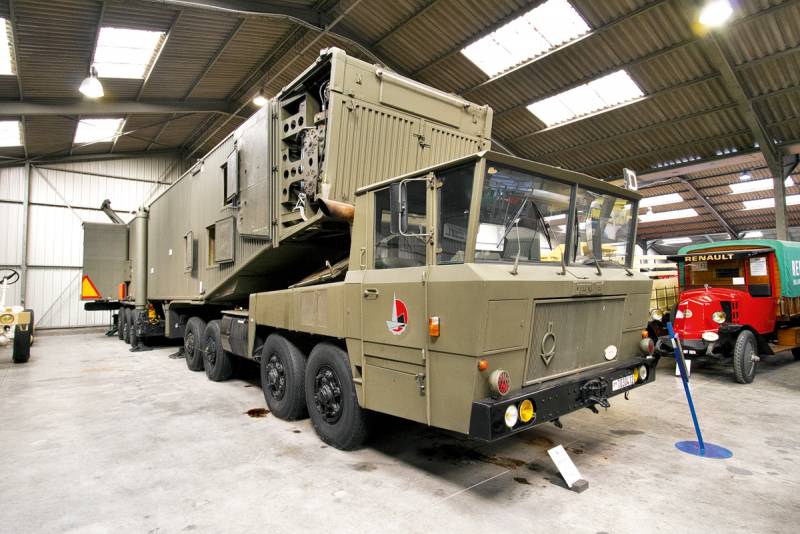
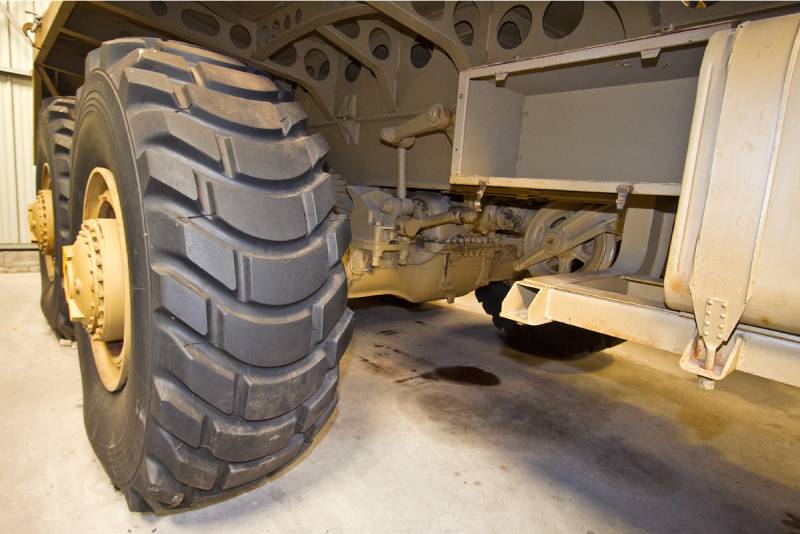
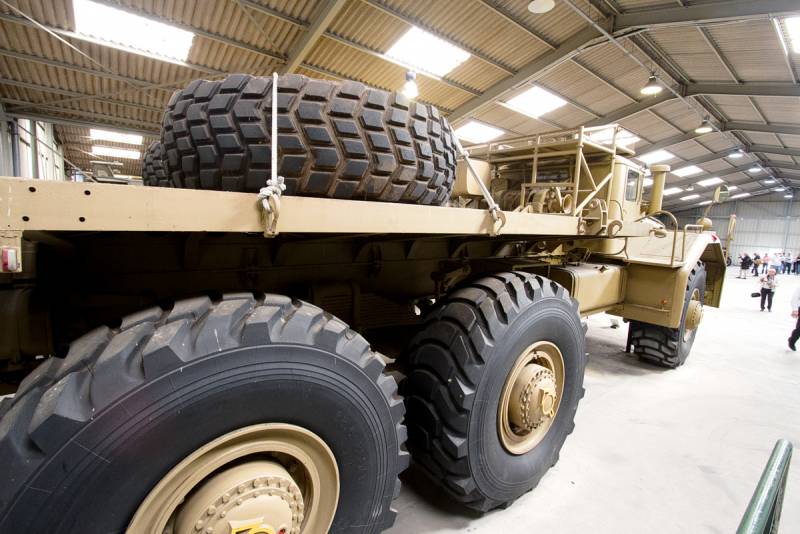
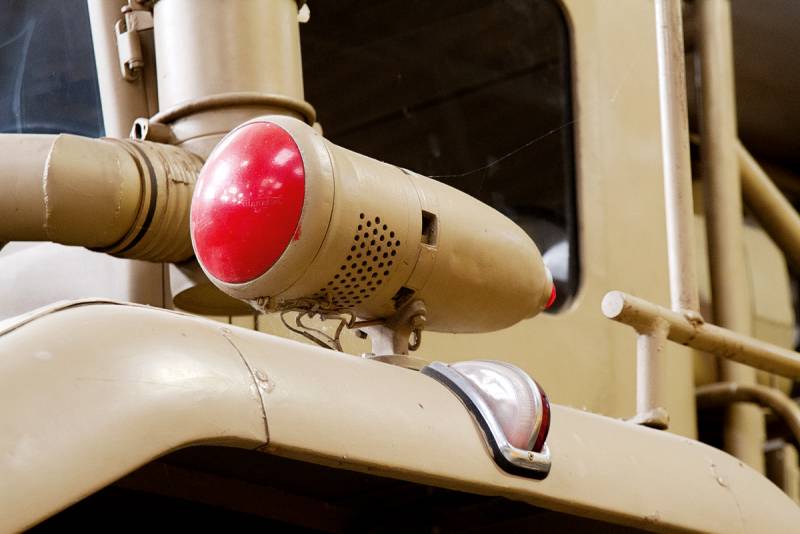
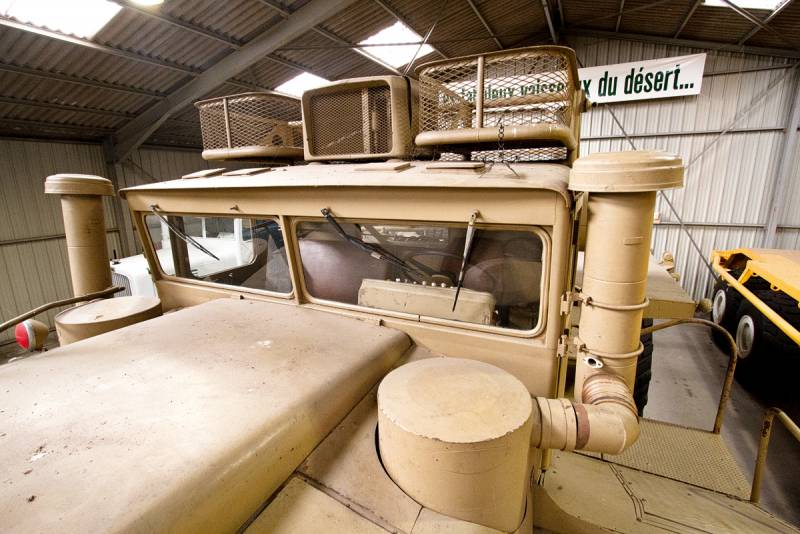
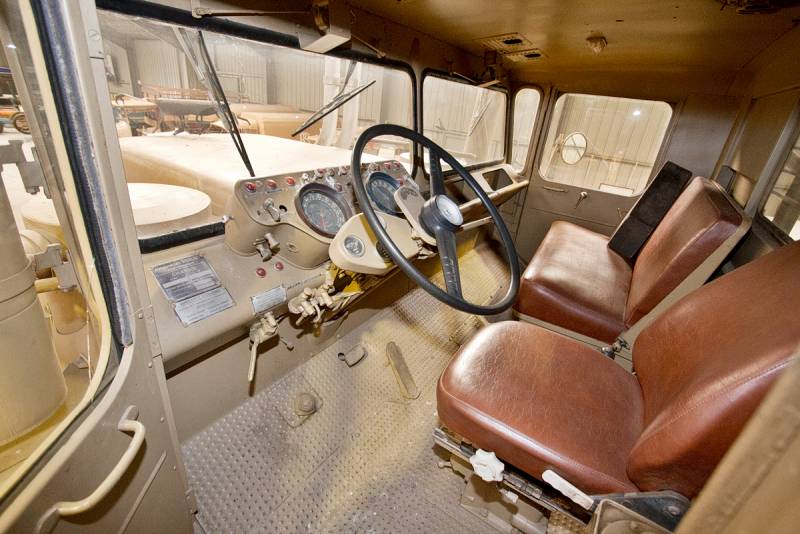
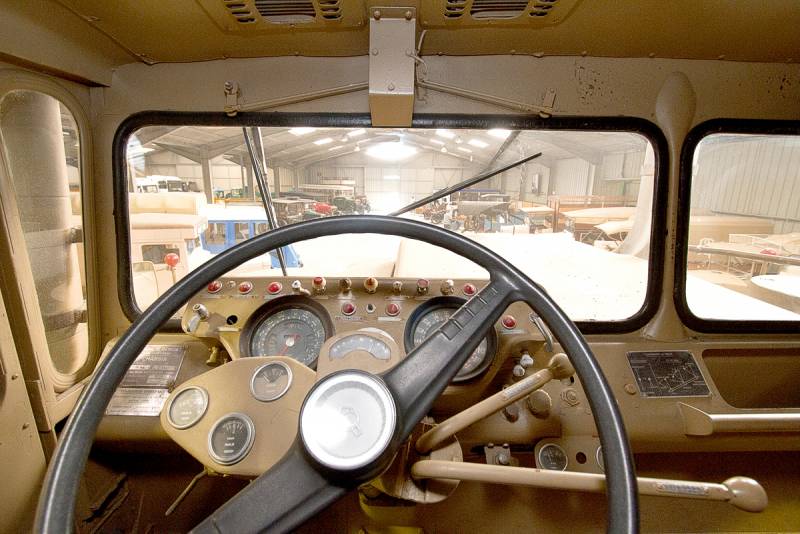
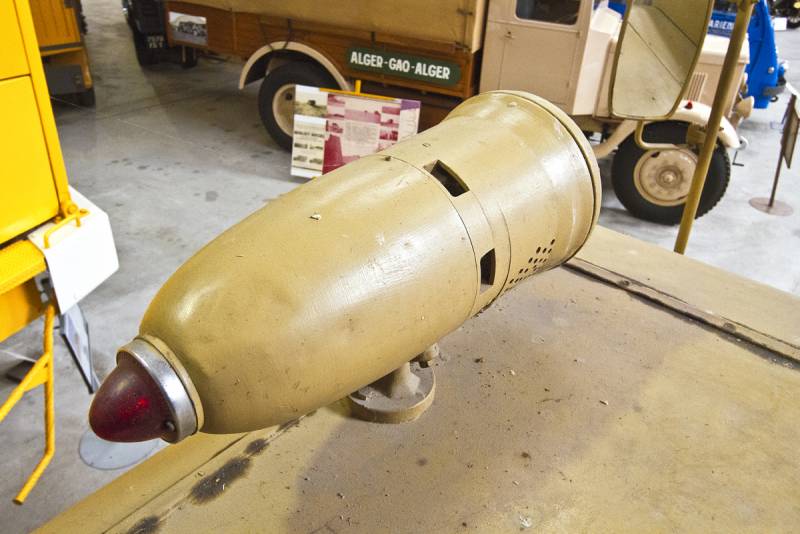
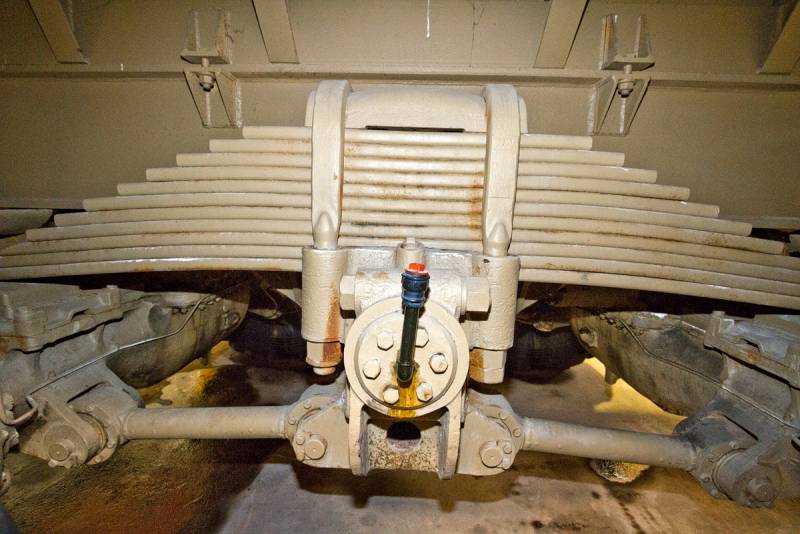
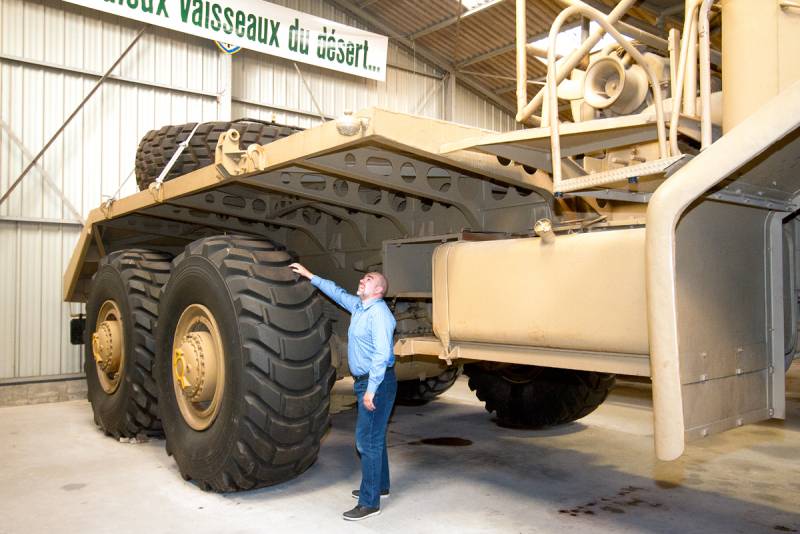
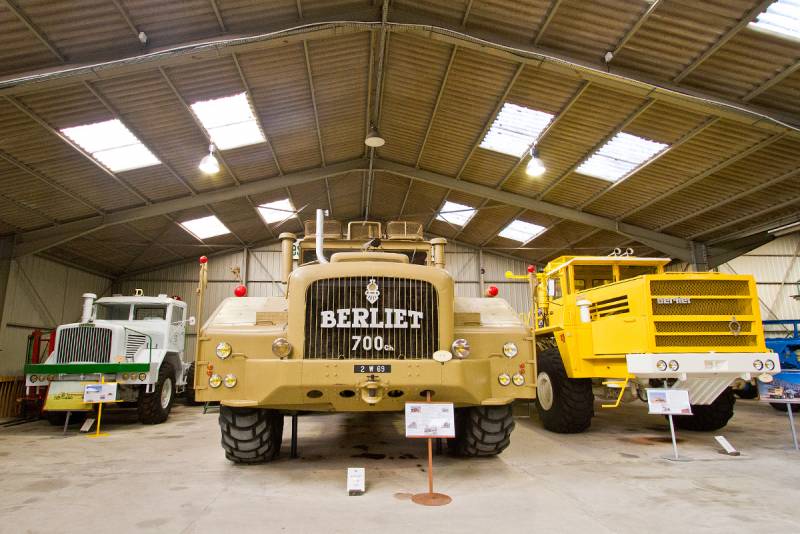
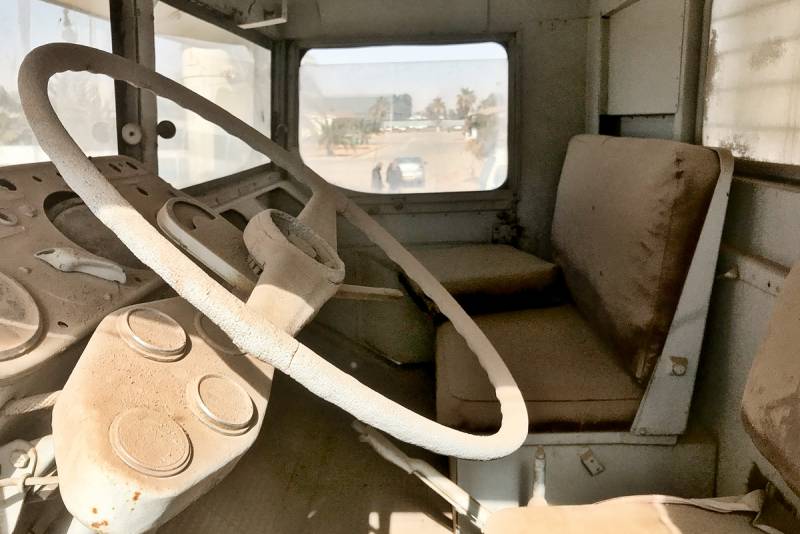
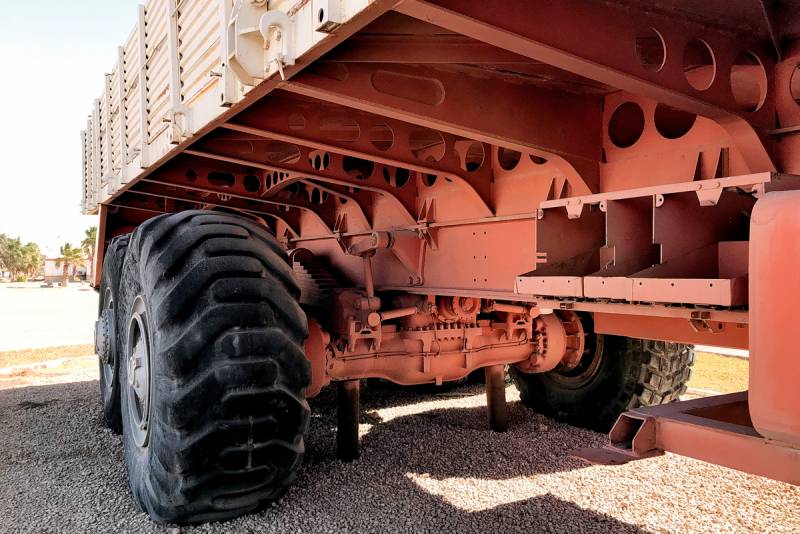
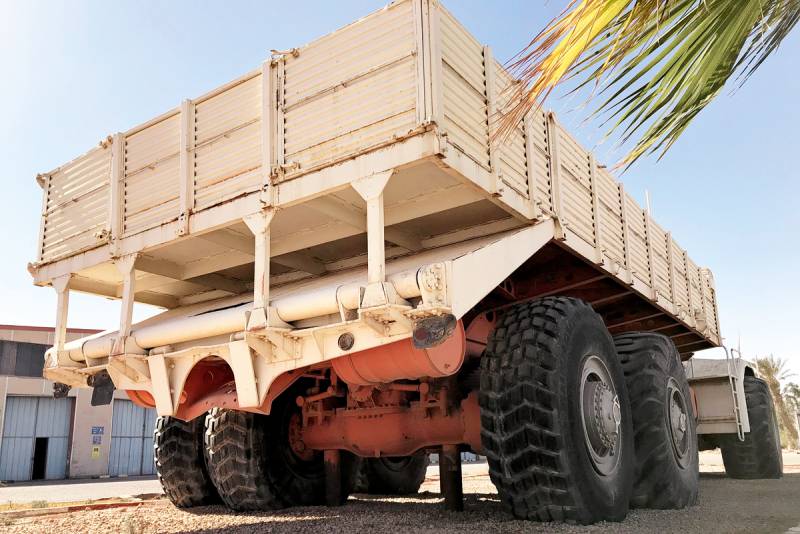
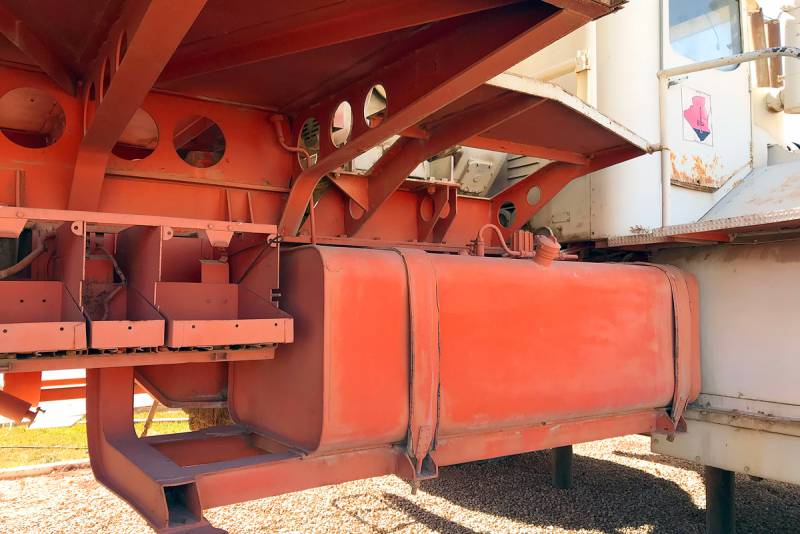
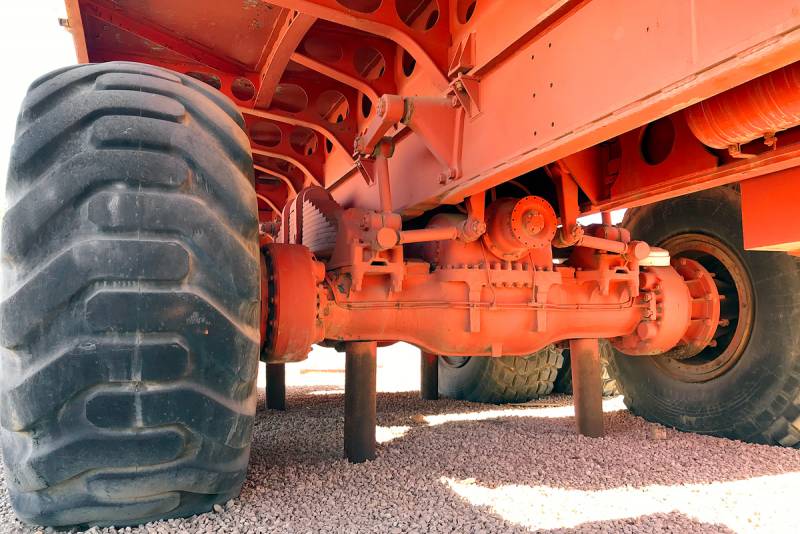
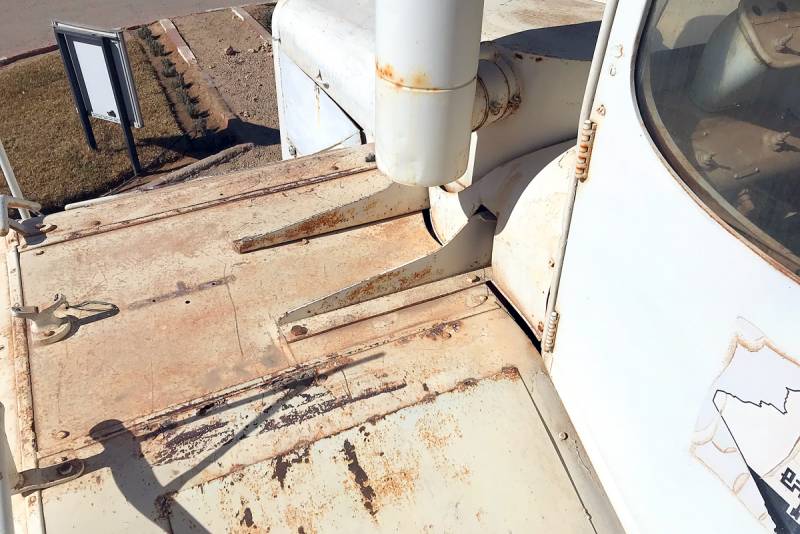
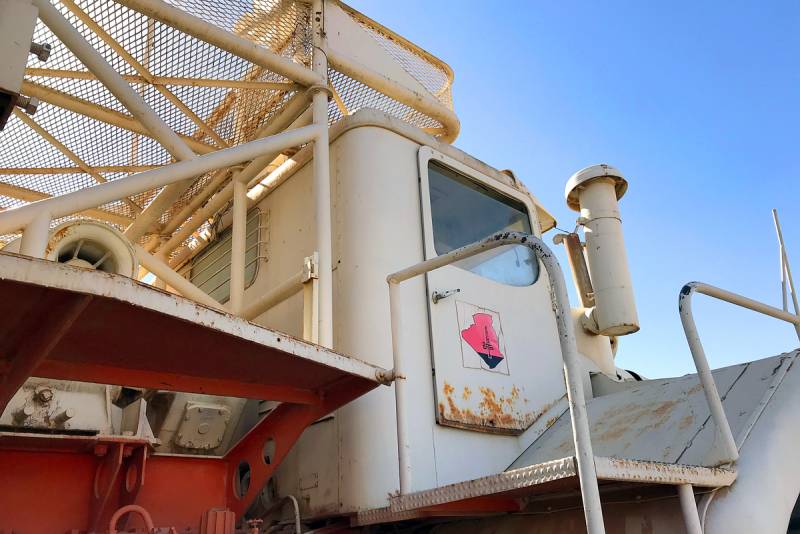
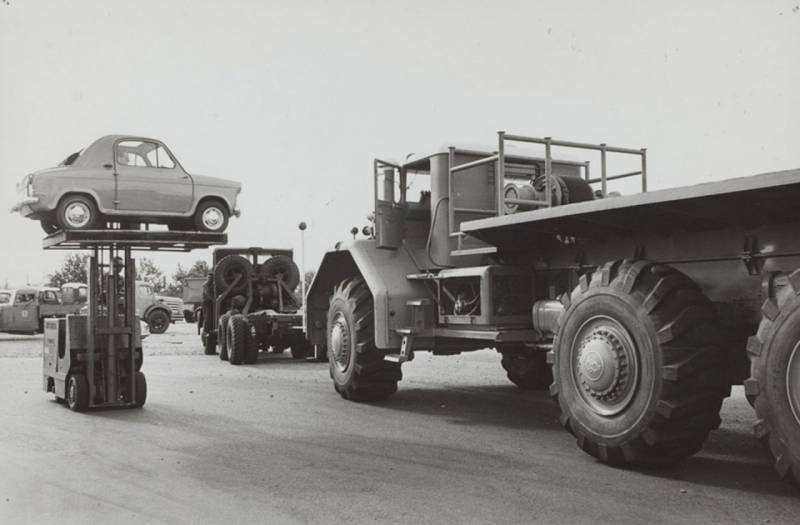
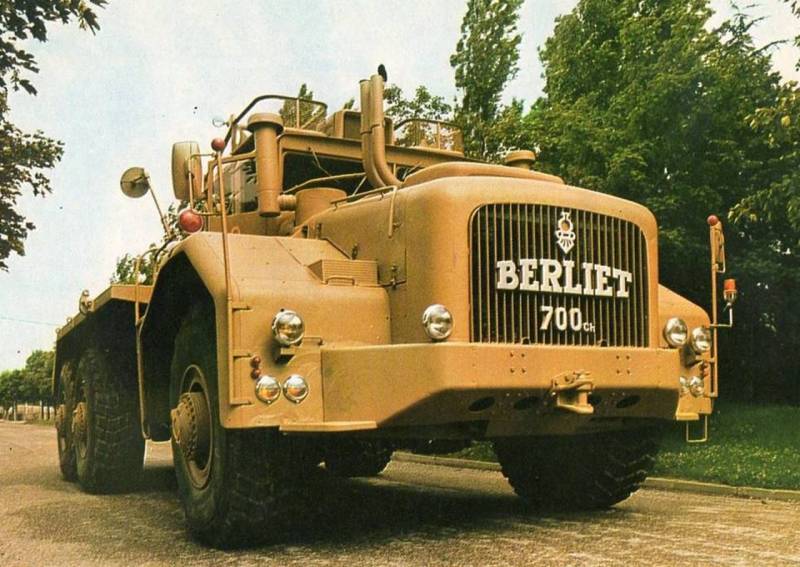
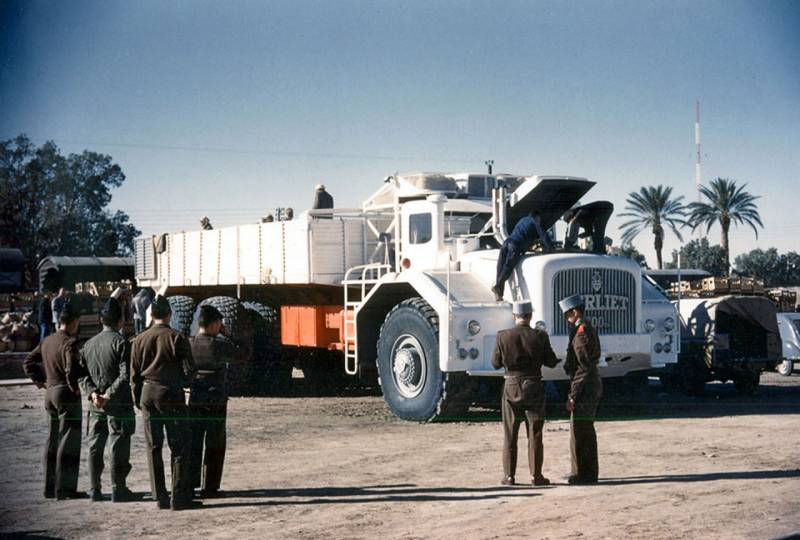
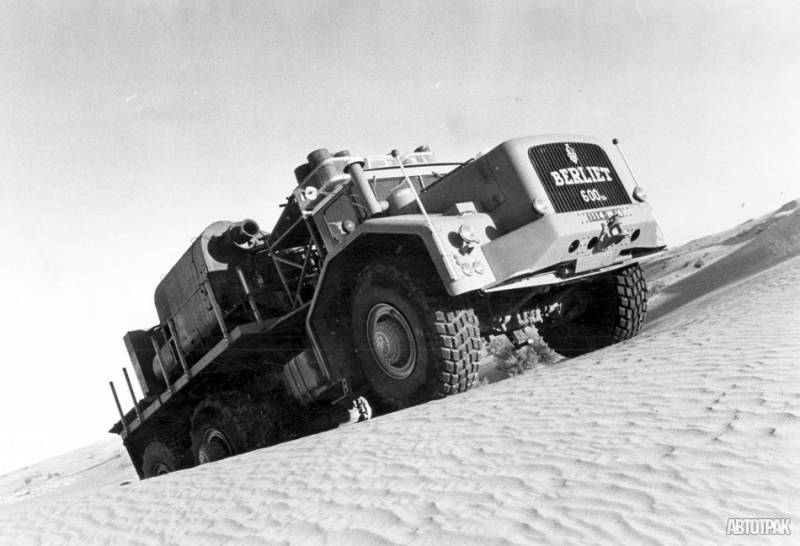
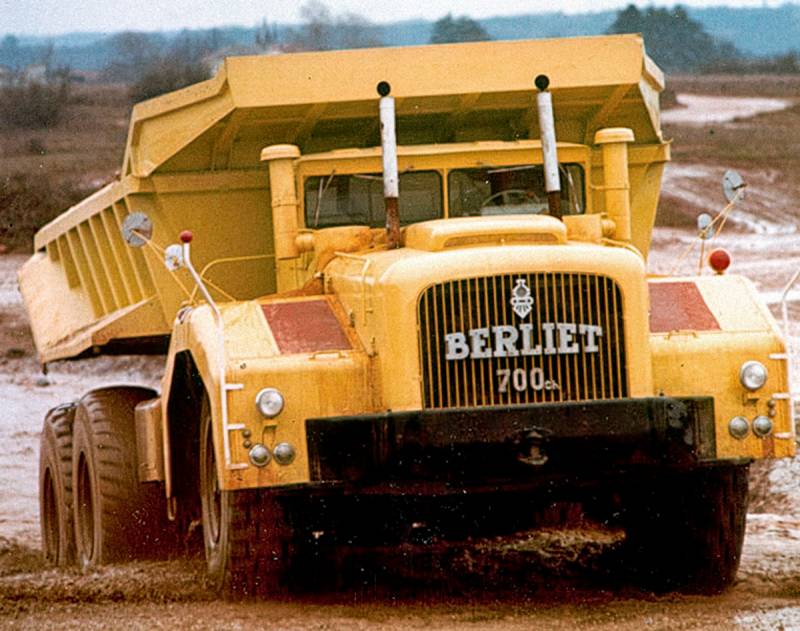
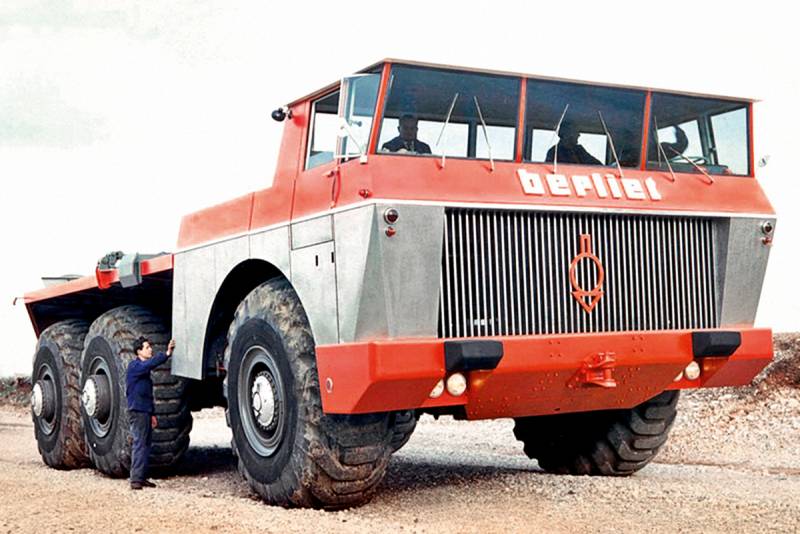
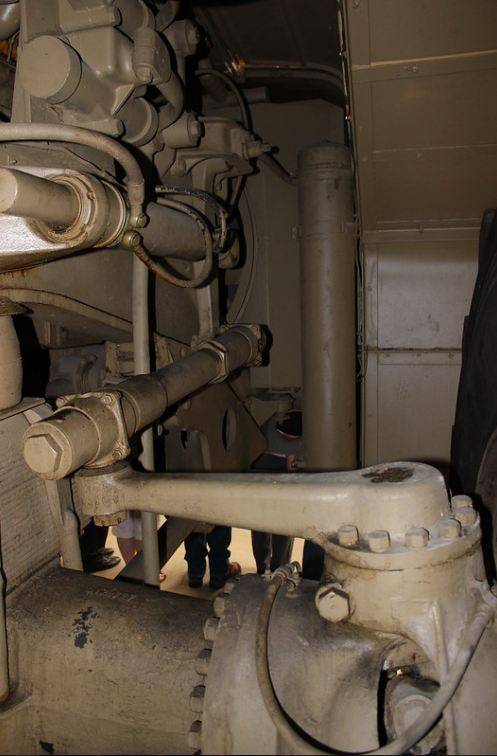
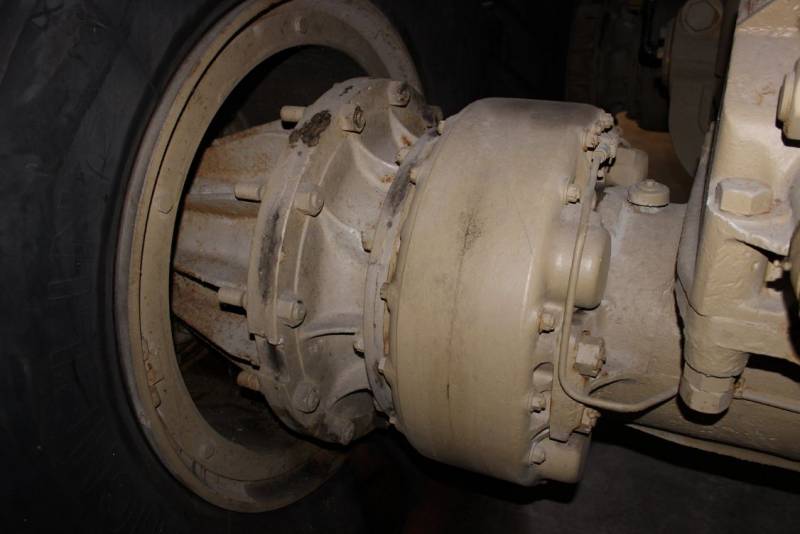
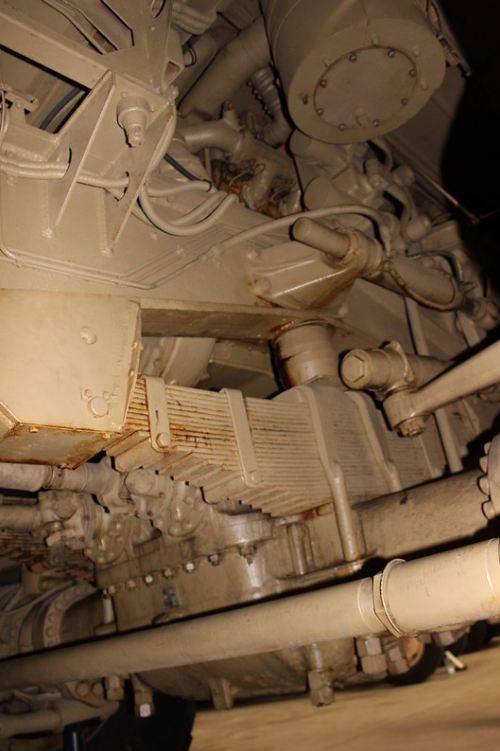
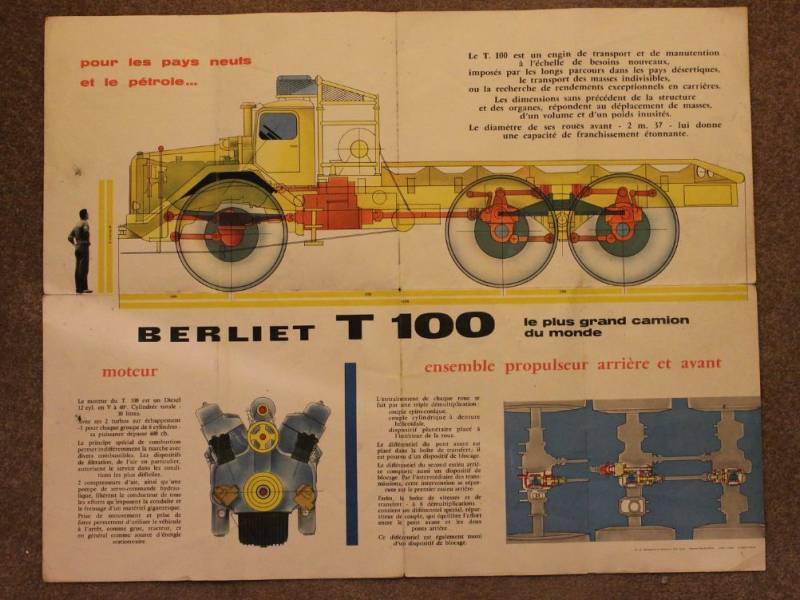
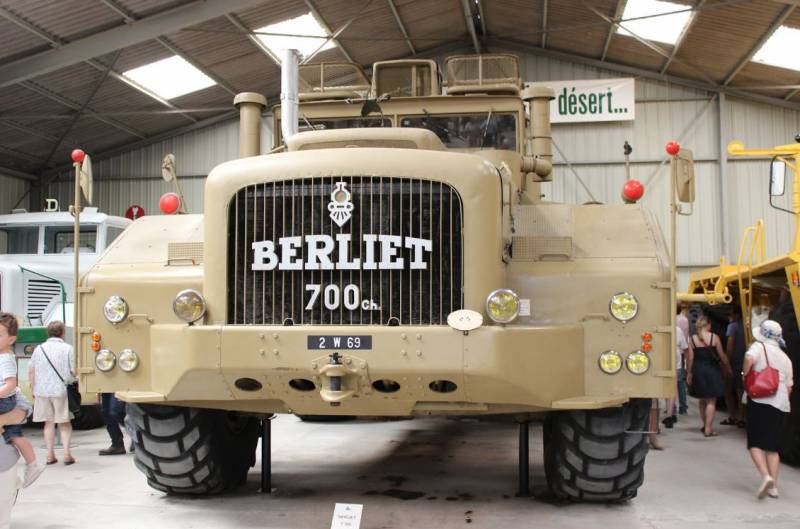
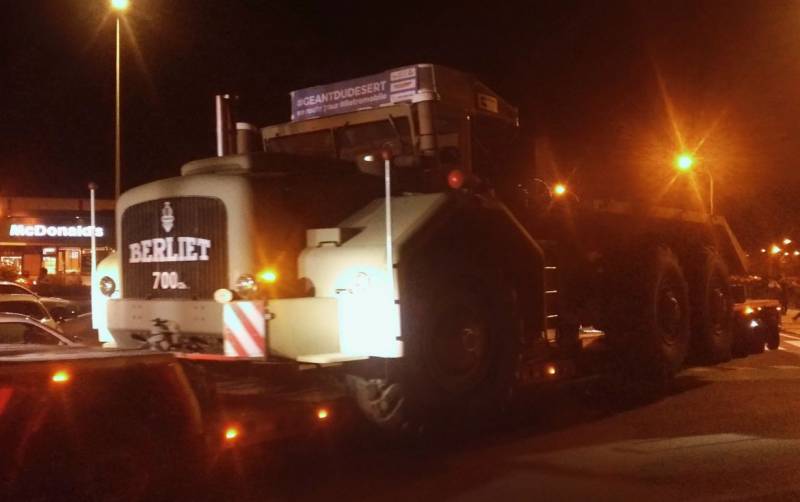
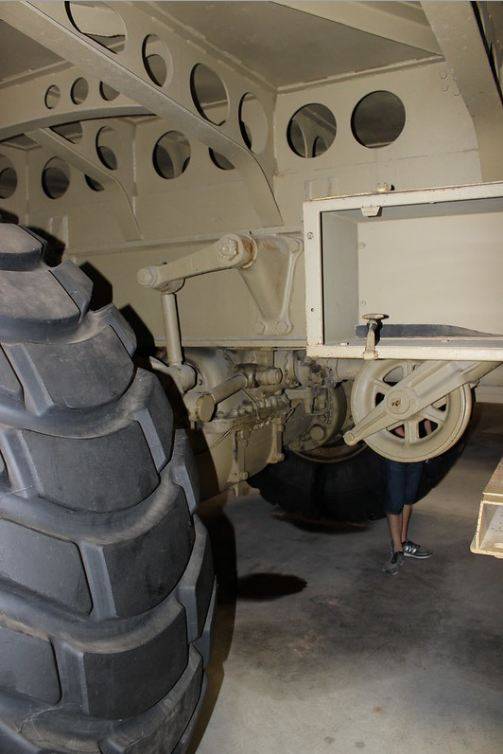
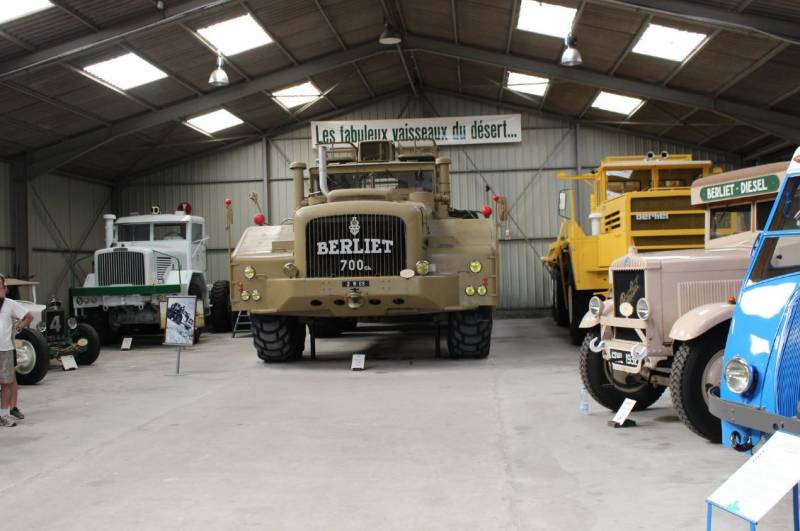
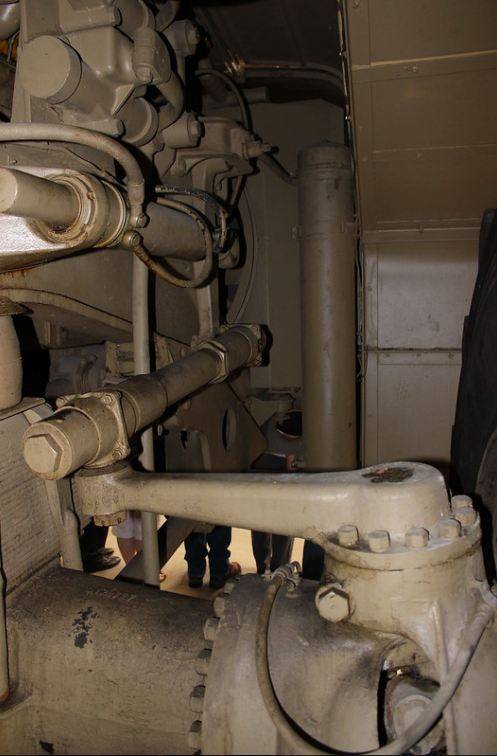
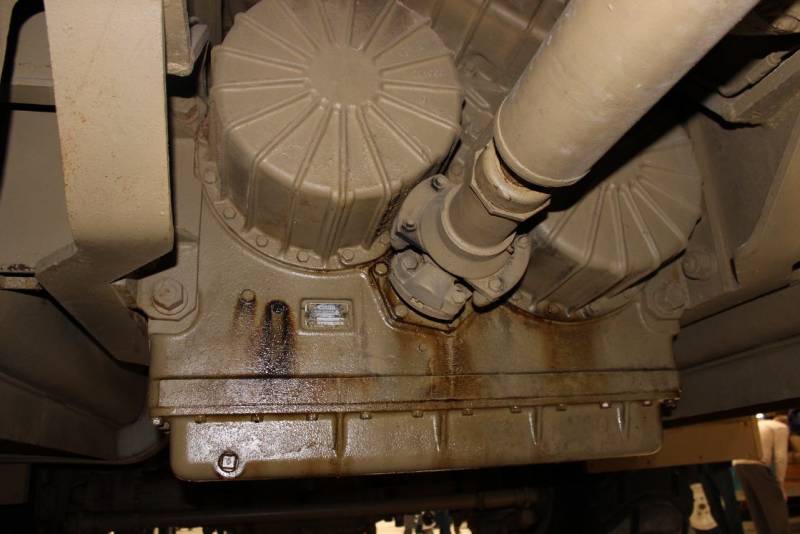
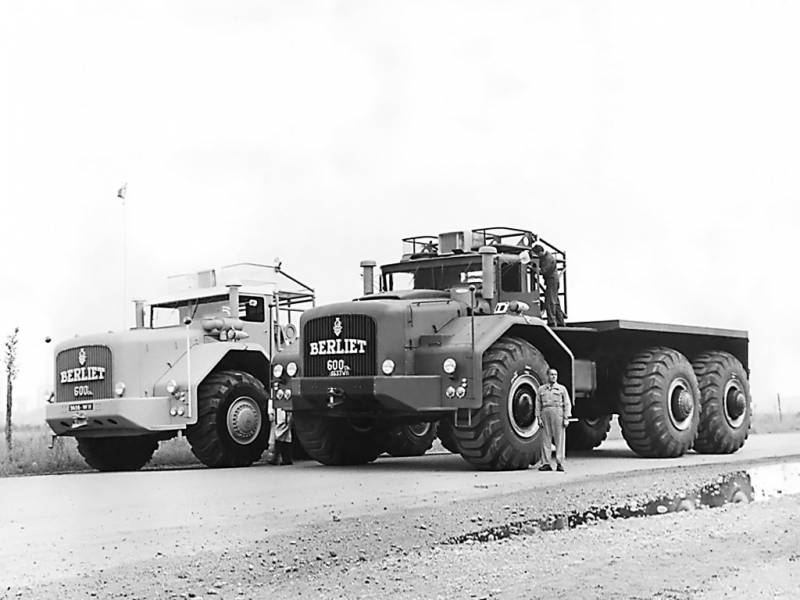
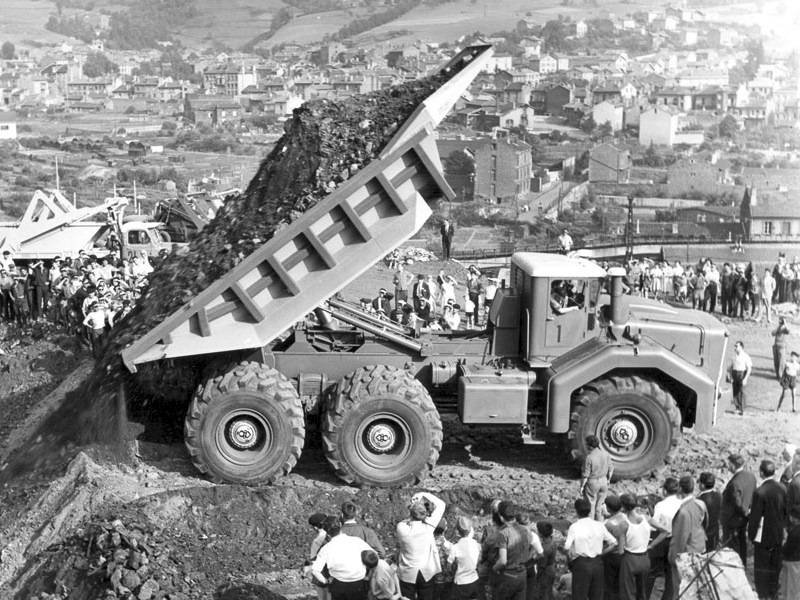
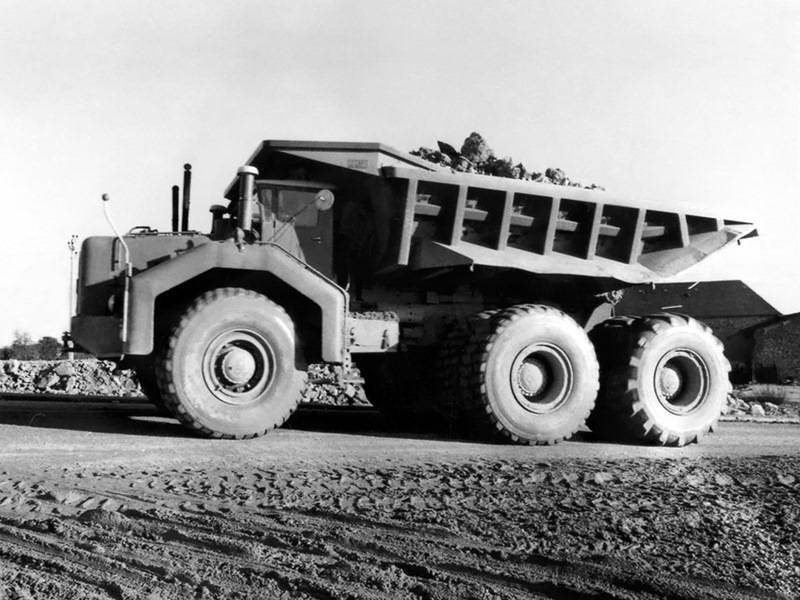


Information